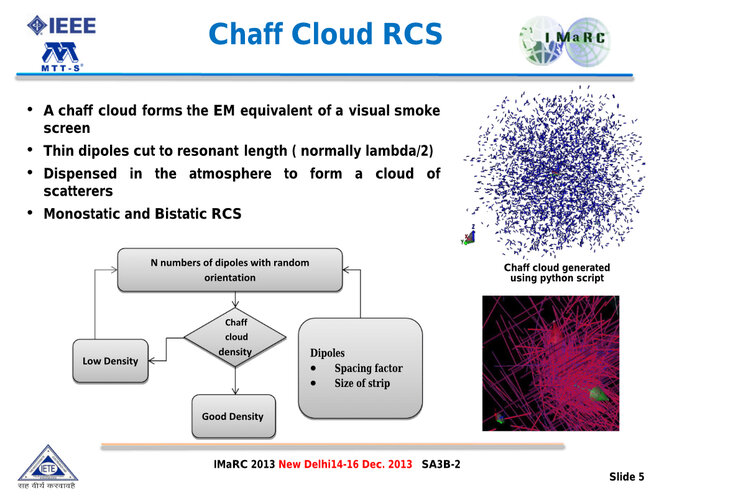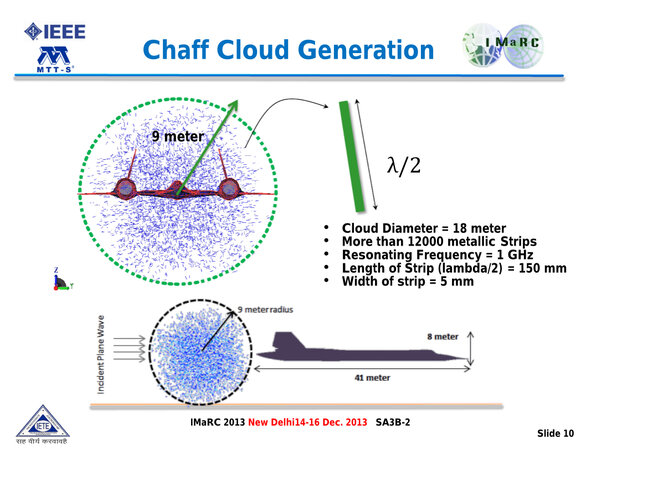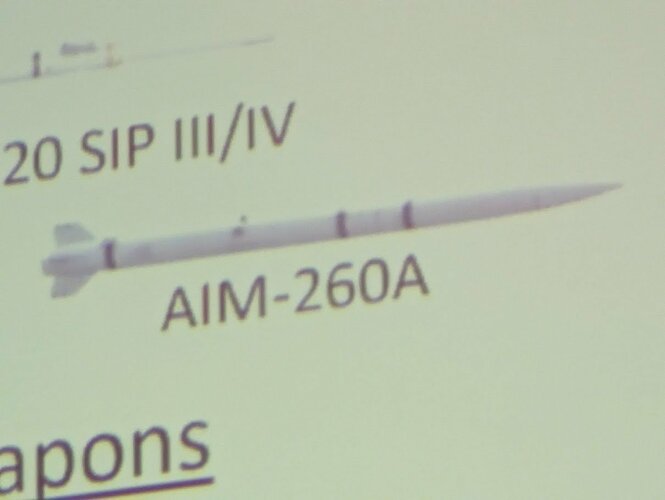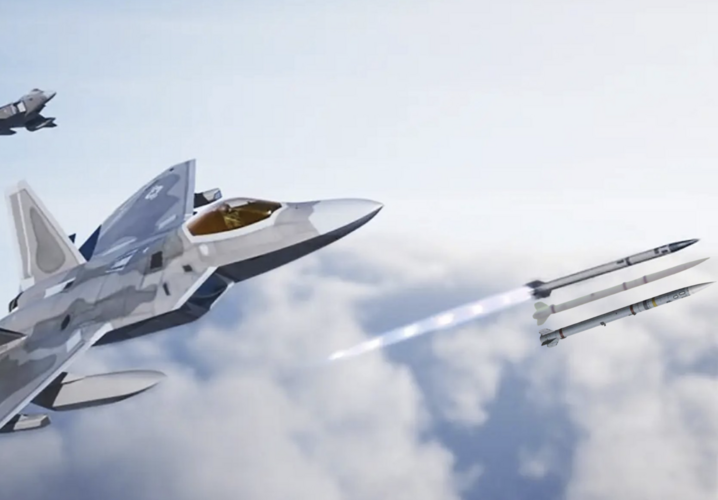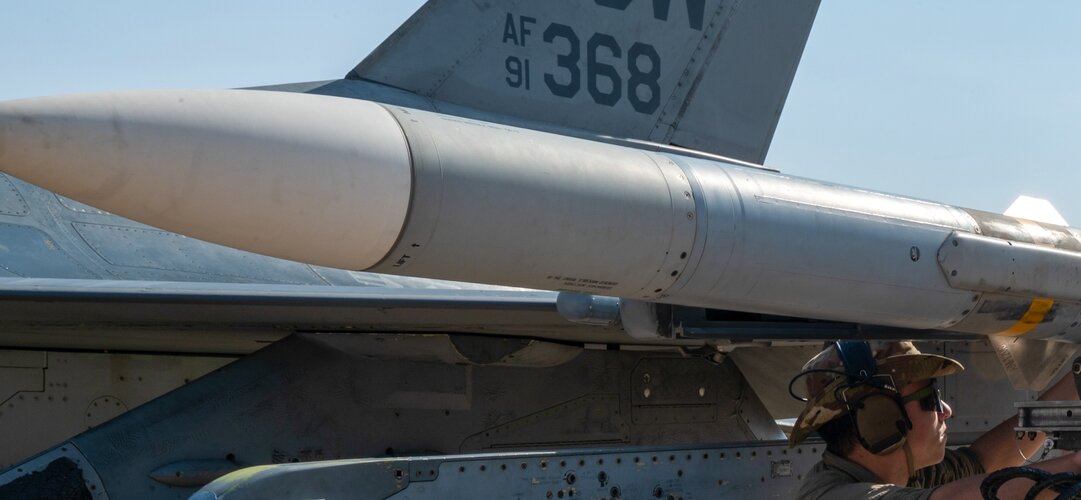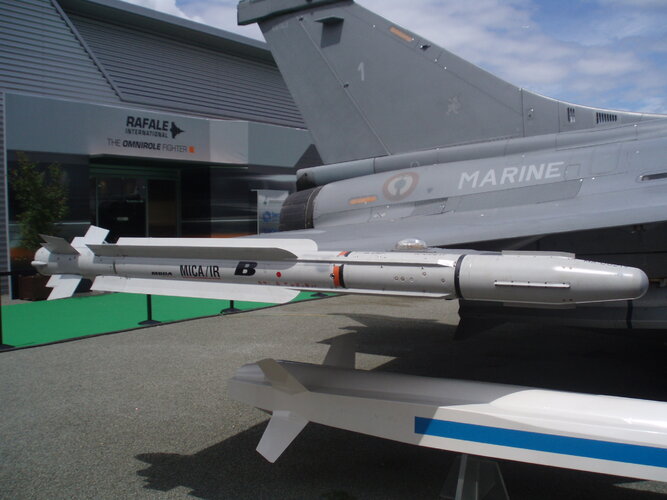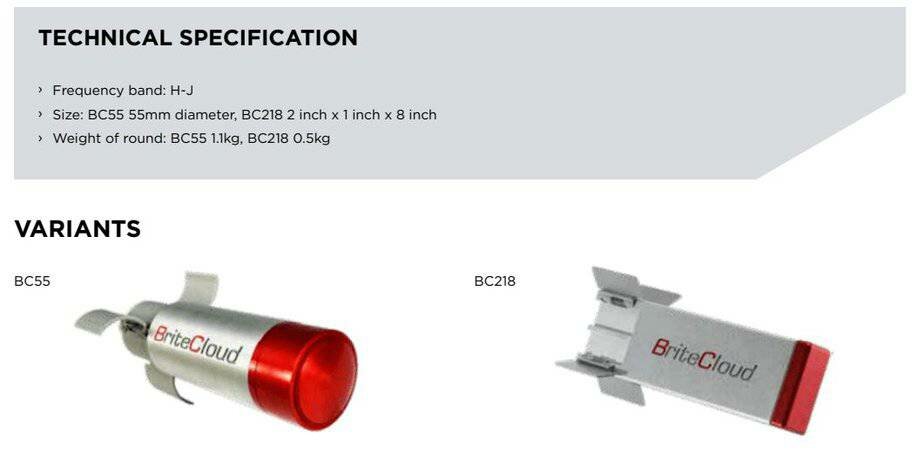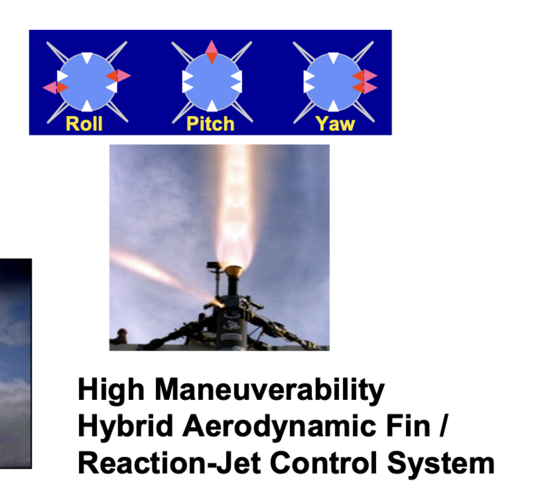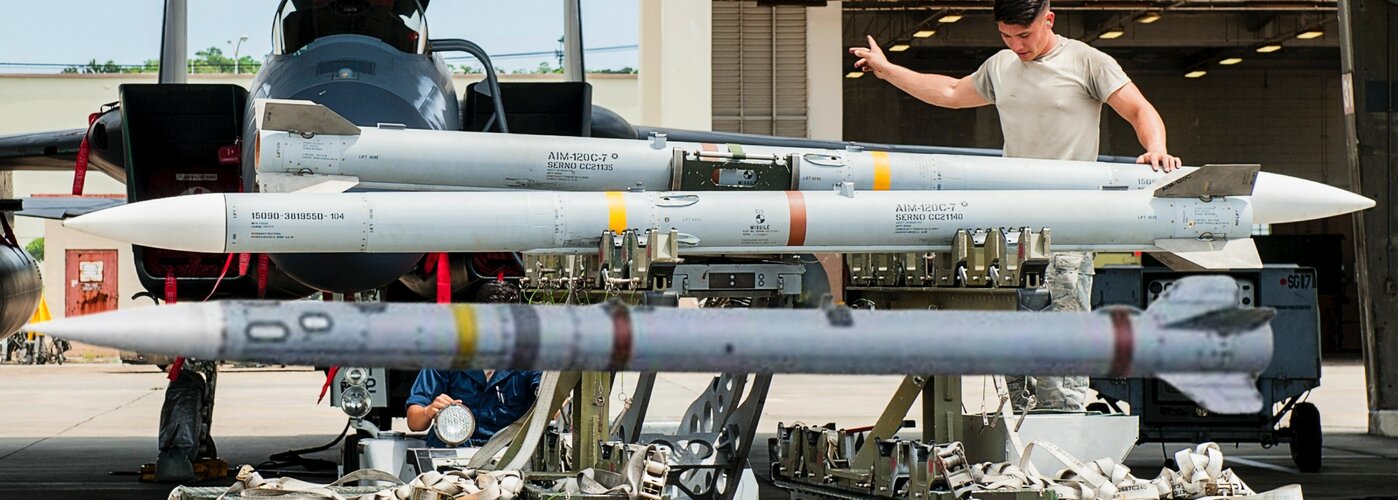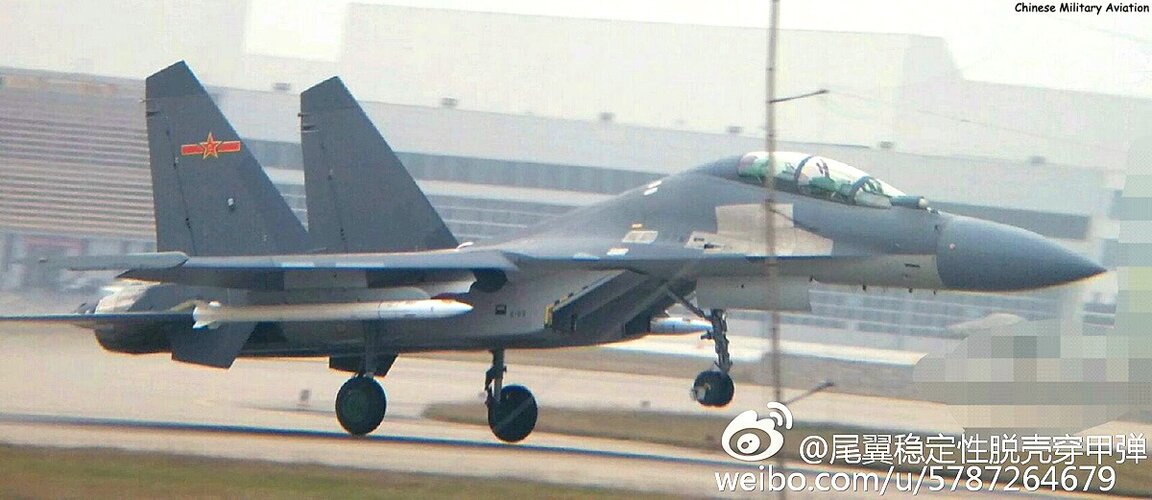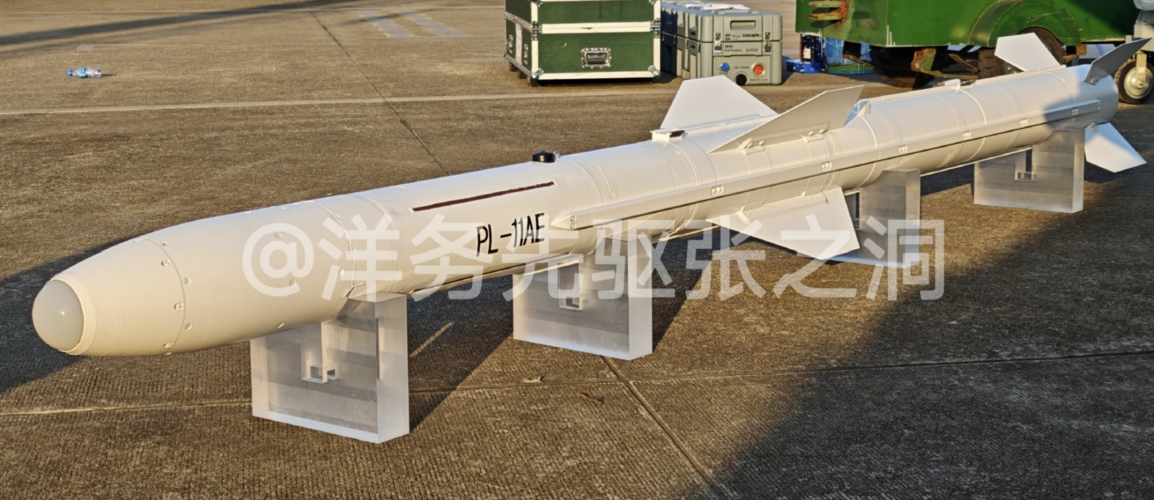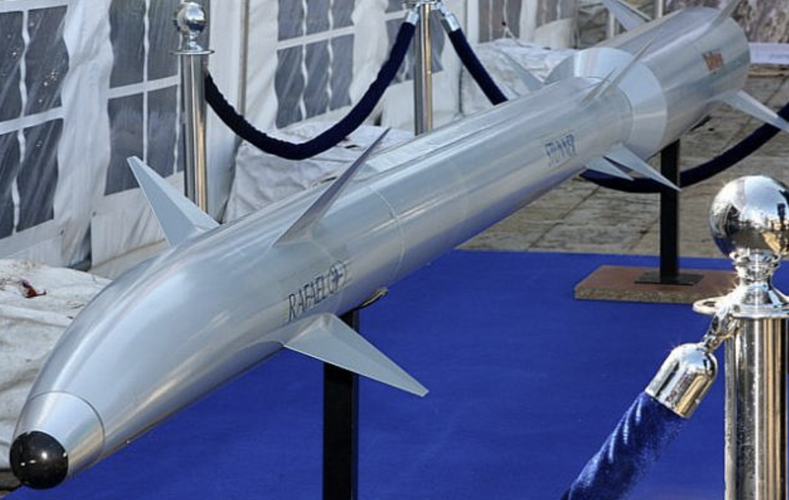On the contrary,
Chaff does spread out accross the seeker too, in a significant greater degree compared to flare actually.
Firstly, chaff are group of thin metal strips. A single canister consist of thounsand of these strips, once released from aircraft, they will form a cloud even with a single canister.
View attachment 760716
View attachment 760717
Secondly, IIR has significantly greater angular accuracy compared to most RF seeker of the same size. That why IIR sensor allow you to see the detail shape of target while most RF seeker only show vague target as a point or vague shape at most. Radar seeker often have beamwidth on order of 0.5-1 degrees. So it is actually much harder (if not borderline impossible) for the radar beam to penetrate a wall of chaff to see target behind it.
Nevertheless, that wall of flares or chaff can hide your aircraft in second then what?. Aircraft are not stationary like a ship, it eventually will fly out of that wall, and the missile doesn’t stay still either. It will just moving forward and eventually pass through the wall too. The wall of flares/chaff are mostly useful for tank or ship as temporary “smoke screen”, since they can stay still behind it.

